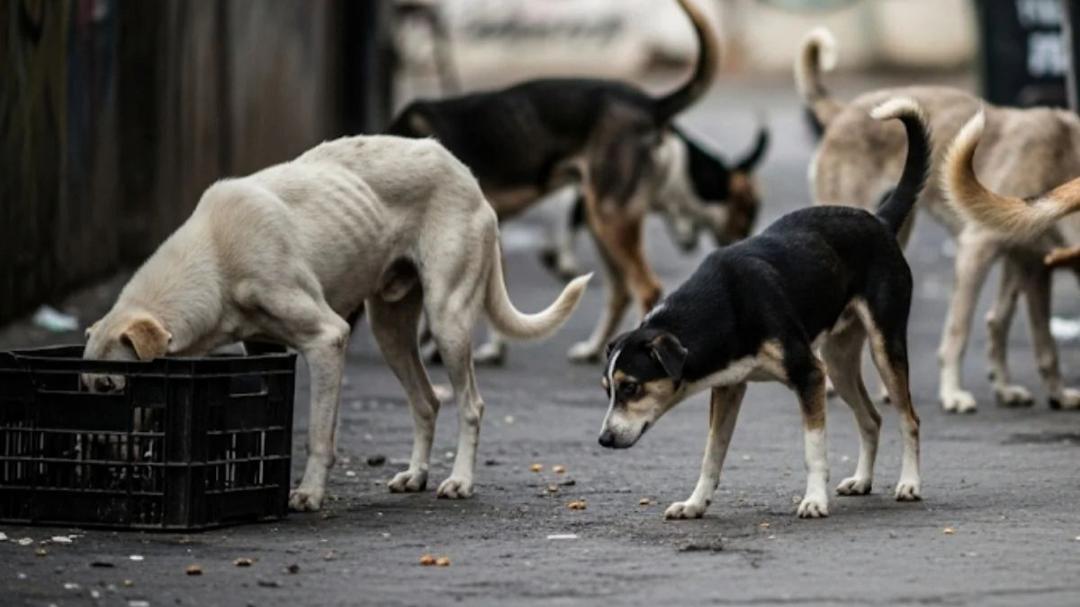
Maharashtra Govt Mandates Stray Dog Removal from Public Spaces
In a significant move to address the growing concerns about stray dog populations in public areas, the Maharashtra government has issued a directive to civic bodies to remove stray dogs from public spaces like schools and hospitals. This decision comes in response to a recent Supreme Court directive, which emphasizes the need to balance animal welfare with human safety and well-being. As per the new guidelines, municipalities are required to capture, sterilize, vaccinate, and relocate stray dogs to shelters, rather than returning them to public areas.
The resolution aims to mitigate the risks associated with stray dog populations, particularly in areas where children, elderly, and vulnerable individuals are present. Schools and hospitals, in particular, have been identified as high-risk zones, where the presence of stray dogs can pose significant health risks. By removing stray dogs from these areas, the government hopes to reduce the incidence of dog bites and related health issues.
The new directive also mandates the creation of designated feeding zones for stray dogs, where animal lovers and volunteers can feed and care for them. This move is expected to reduce the conflict between animal welfare groups and civic authorities, who have often been at odds over the issue of stray dog management. By providing designated feeding zones, the government is acknowledging the importance of animal welfare while also ensuring that public spaces remain safe and hygienic.
The implementation of this directive is expected to be a significant challenge for civic bodies, which will need to work closely with animal welfare organizations, residents, and other stakeholders to ensure that the process is carried out humanely and effectively. The government has emphasized the need for a collaborative approach, where all parties work together to address the issue of stray dog management.
One of the key aspects of the new directive is the emphasis on sterilization and vaccination of stray dogs. This is expected to reduce the population of stray dogs over time, as well as minimize the risk of diseases such as rabies. The government has also encouraged civic bodies to work with animal welfare organizations to establish animal shelters, where stray dogs can be housed and cared for.
The reaction to the new directive has been mixed, with some animal welfare groups welcoming the move as a step in the right direction, while others have expressed concerns about the potential impact on stray dog populations. Some have argued that the directive does not go far enough in addressing the root causes of the stray dog problem, such as irresponsible pet ownership and lack of animal birth control measures.
Despite these concerns, the Maharashtra government’s decision to mandate stray dog removal from public spaces is a significant step forward in addressing the issue of stray dog management. By prioritizing human safety and well-being, while also acknowledging the importance of animal welfare, the government is seeking to find a balance between these competing interests.
As the implementation of the directive gets underway, it will be important to monitor the progress and impact of the new measures. This will require close collaboration between civic bodies, animal welfare organizations, and other stakeholders, as well as a commitment to transparency and accountability.
In conclusion, the Maharashtra government’s decision to mandate stray dog removal from public spaces is a significant move towards addressing the issue of stray dog management. By emphasizing the importance of sterilization, vaccination, and relocation of stray dogs to shelters, the government is seeking to reduce the risks associated with stray dog populations, while also promoting animal welfare. As the implementation of the directive gets underway, it will be important to monitor the progress and impact of the new measures, and to work towards finding a balance between human safety and animal welfare.



